(WWII) Sai Wan War Cemetery / 西灣國殤紀念墳場 Letterbox Hybrid
(WWII) Sai Wan War Cemetery / 西灣國殤紀念墳場
-
Difficulty:
-

-
Terrain:
-

Size:  (regular)
(regular)
Please note Use of geocaching.com services is subject to the terms and conditions
in our disclaimer.
Cache not at listed coordinates, said coordinates is the entrance of the War Cemetery.
Cache is an ammo box, which located out of the cemetery, but you need to access cemetery (NOT 24/7) in order to grab required information for the final location.
Please re-hide the cache well even muggle rate may not high at GZ, and please don’t take the stamp of cache away. (請重新藏好寶藏, 勿取走寶藏的印章).
==================================
Sai Wan War Cemetery / 西灣國殤紀念墳場
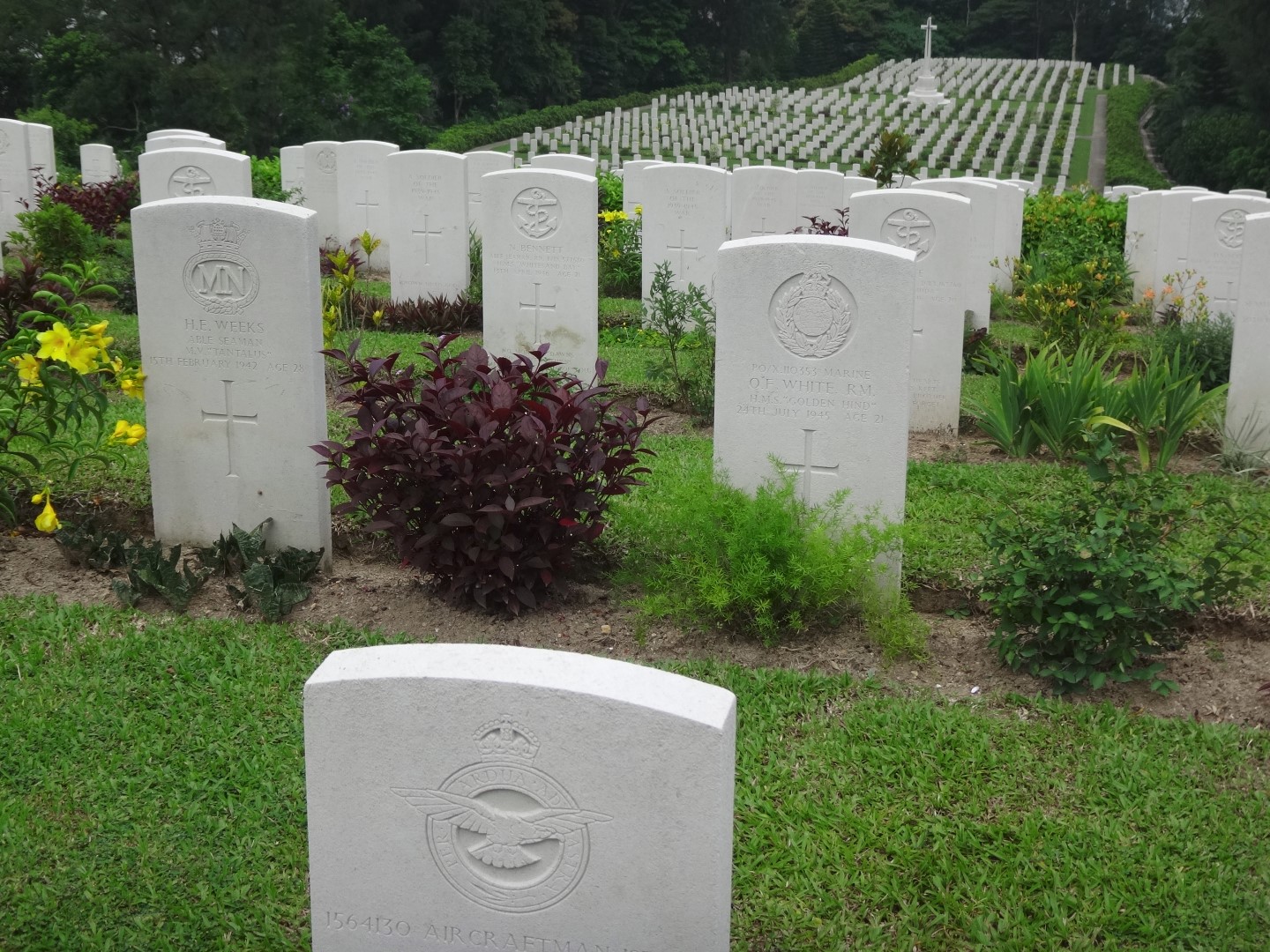
Since 2015 is 70 anniversary of the end of World War 2 (WWII), I could like to introduce all cachers to memory those servicemen whom fall during Battle of Hong Kong or other battles in WWII.
乘著今年(2015)是第二次世界大戰(WWII)結束70週年, 謹此推出本寶藏讓各位獵人能順道緬懷為保衛香港及其他戰役而捐軀的先烈。
In order not to disturb their peace a lot, the cache was out of cemetery, but you need to access cemetery to grab required information for the final location, since the cemetery is not open 24/7, please take care the opening hours (should be 0800-1700)(well, the fence is not high, but please respect).
為免太過打擾各位先烈, 寶藏不在墳場內, 唯需入內拜訪以取得前往寶藏所需資料, 故請注意墳場開放時間 (應為0800-1700) (圍欄不高, 但請尊重) 。
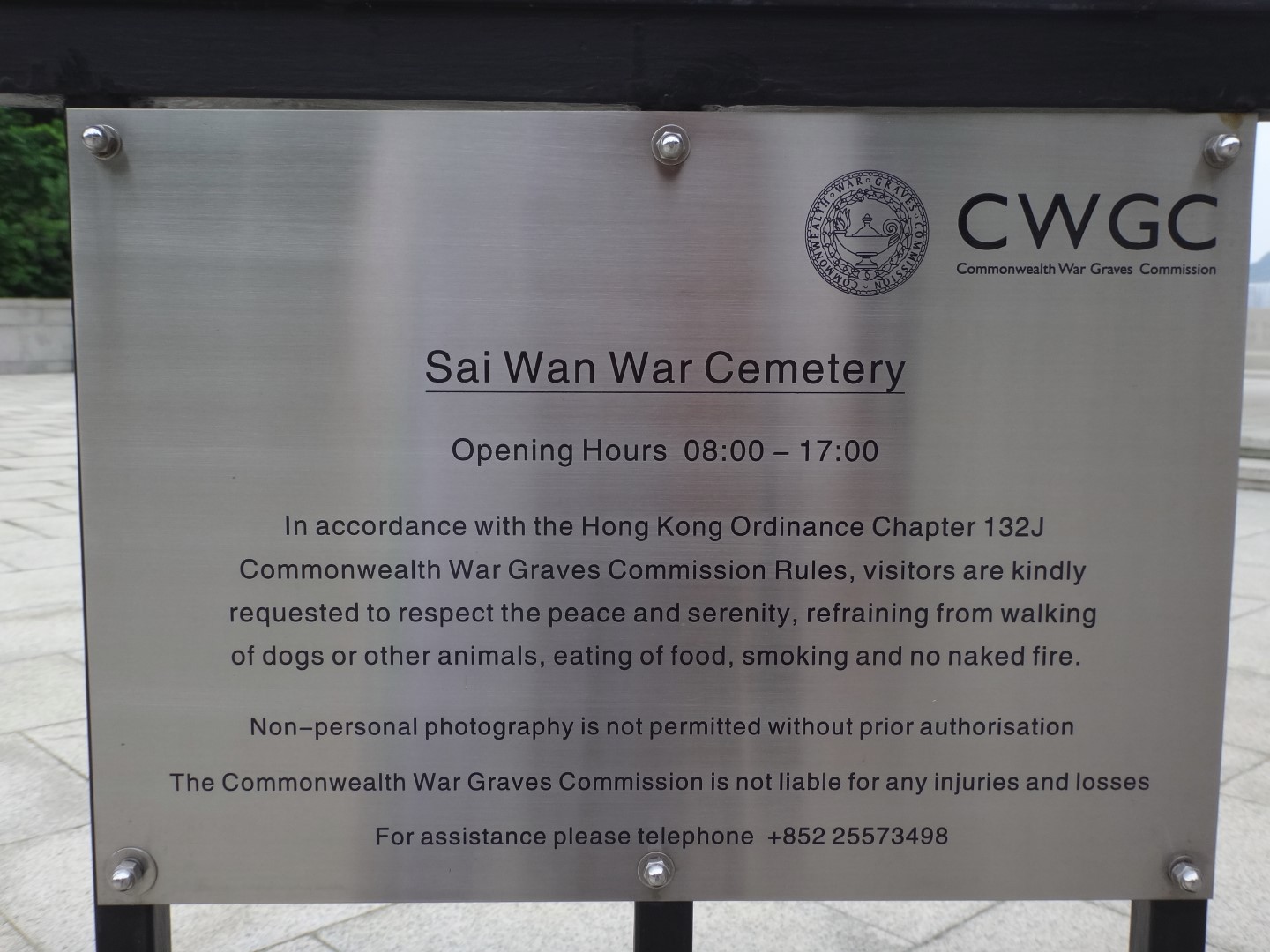
==================================
The following information from plaque in the cemetery -
Sai Wan War Cemetery and Memorial
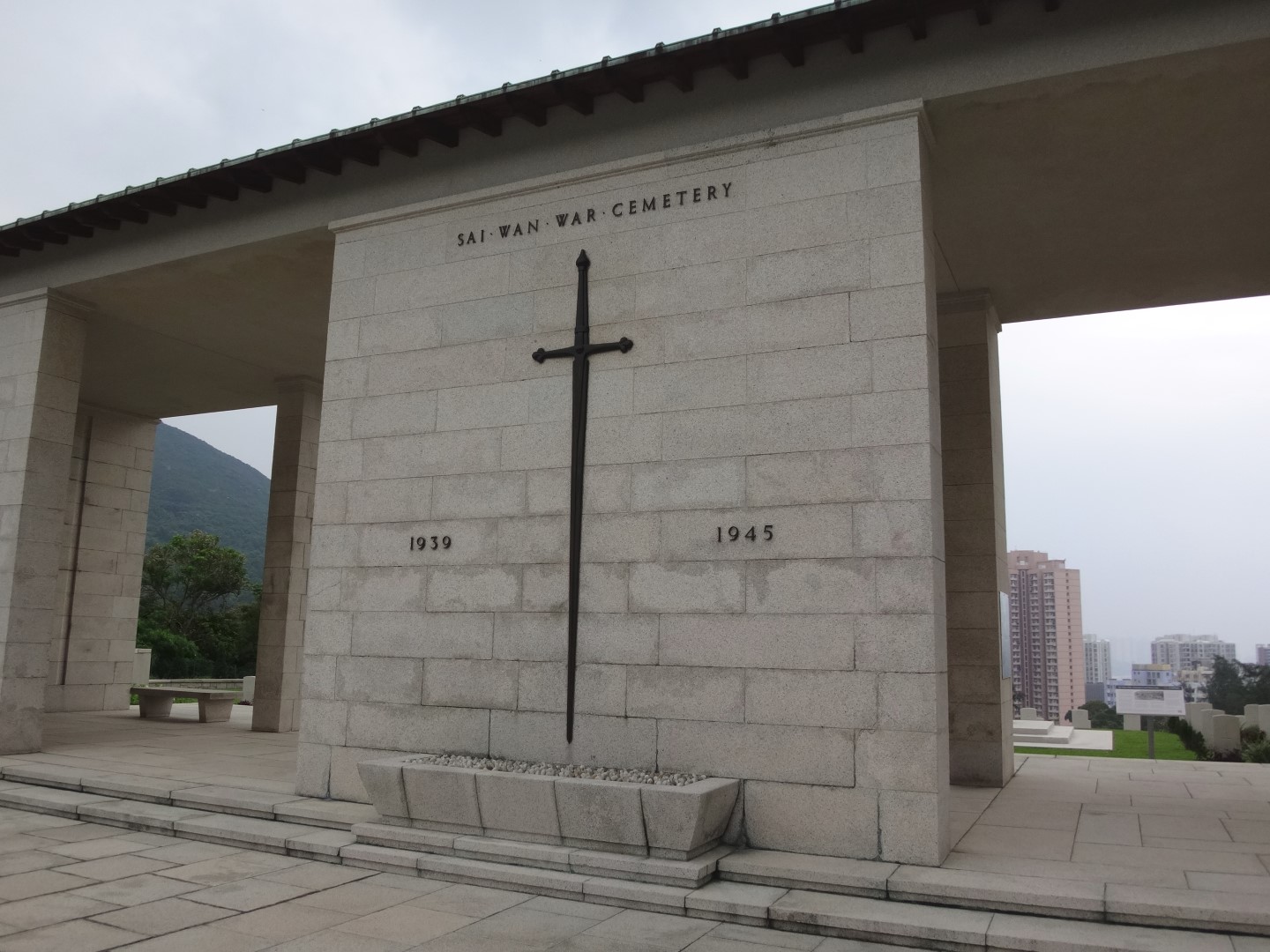
This, the principal cemetery for the burial of those who died in the defence of Hong Kong or subsequently in captivity, contains 1,578 graves – 59 Navy, 1406 Army, 67 Air Force, 18 Merchant Navy, 20 local defence forces and 8 civilian. 1,013 are British, 283 Canadian, 104 Indian, 33 Australian, 1 New Zealand, 1 Burmese, 53 Hong Kong, 72 Netherlands and 18 others.
At the entrance to the Cemetery stands the Sai Wan Memorial bearing the name of 2,071 soldiers who died during the same period but have no known grave. 1,319 of these are from British Army, 228 from the Canadian Army, 287 from the Indian Army and 237 from Hong Kong Forces. The Sailors and airmen whose graves are unknown are commemorated on the memorials at their home ports or on the Air Forces Memorial at Singapore.
There are also two special panels on this memorial. The First bears the names of 144 Hindus and Sikhs whose remains were cremated – 9 served in Hong Kong and Singapore Royal Artillery, 118 in the Indian Army and 17 in the Hong Kong Police Force. The second commemorates by name the 72 Commonwealth servicemen who died at various stations in Chin during the two World Wars and whose graves are no longer maintainable.
----------------------------------------------------
This is the largest Commonwealth War Graves Commission cemetery in Hong Kong. It is the final resting place of more than 1,480 Commonwealth service personnel of the Second World War, of whom some 438 remain unidentified. Many graves were moved here from Formosa (now Taiwan) after the Second World War, and special headstones commemorate several casualties buried in Kowloon whose graves could not be found.
At the entrance to the cemetery stands the San Wan Memorial which bears the names of more than 2,070 casualties of the Second World War who died in the defence of Hong Kong in 1941, or in captivity, and whose places of burial are unknown.
Additional panels on the Sai Wan Memorial form the Sai Wan Cremation Memorial, which commemorates 144 Second World War casualties whose remains were committed to fire in accordance with their faith, and the Sai Wan (China) Memorial which commemorates 72 casualties of both world wars whose graves in mainland China could not be maintained.
Among those commemorated here are some 72 servicemen of the First World War. Although Hong Kong was not a battleground during the conflict, Commonwealth and Japanese forces fought to capture the German-leased Chinese port of Tsingtao between September and November 1914. Some of those who died after treatment in nearby hospitals are now buried or commemorated in Hong Kong.
Both the cemetery and memorials were designed by Colin St. Clair Oakes. Commonwealth war graves and memorials can also be found at Stanley Military Cemetery and in the Happy Valley area, including Hong Kong Cemetery.
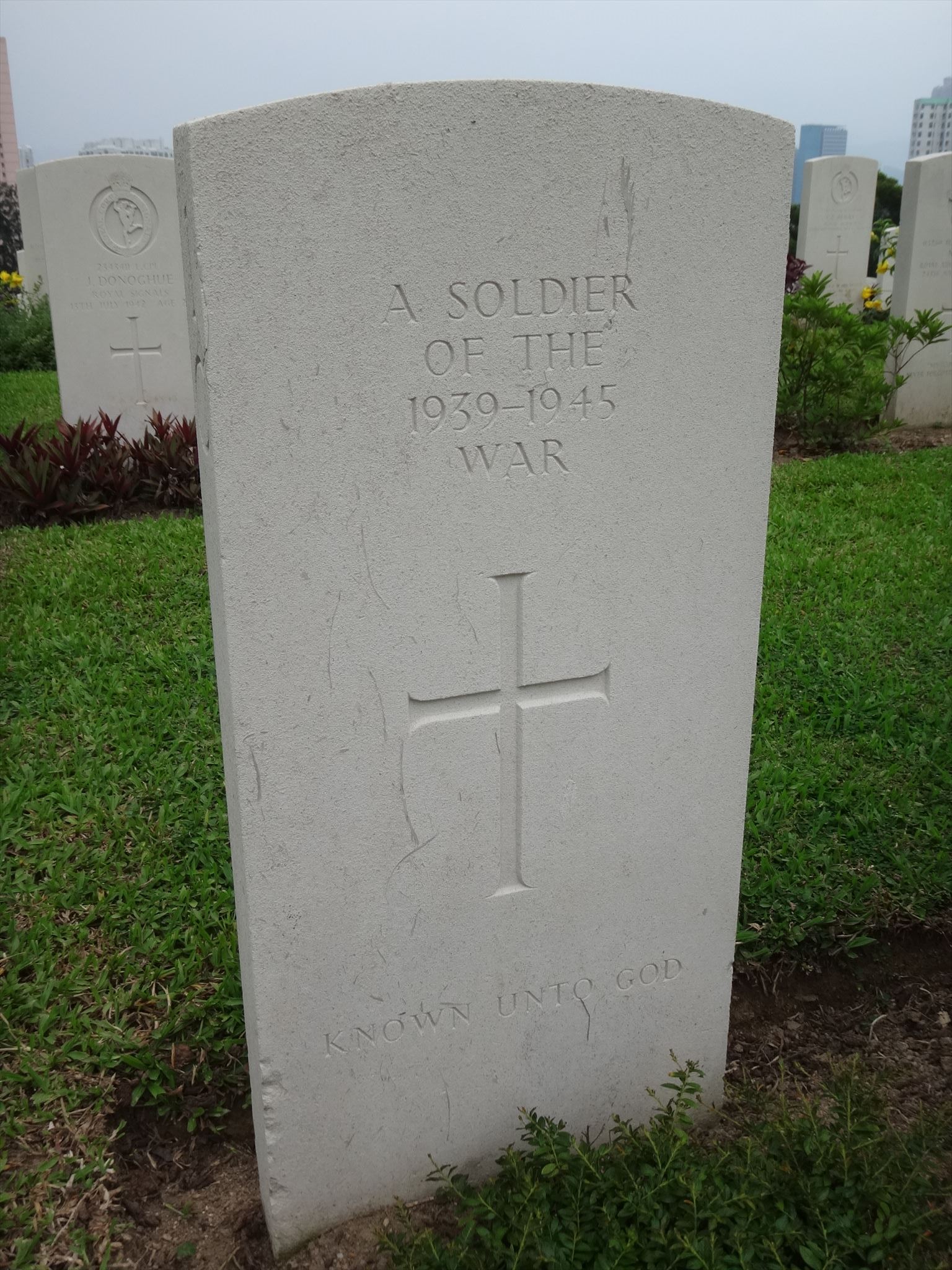
-------------------------
The Fall of Hong Kong, December 1941:
Japan had been an ally of the British Empire in the First World War, but by the outbreak of war in 1939, fears were mounting about the prospect of a Japanese invasion of Hong Kong. Japan had been fighting a war against China since 1937, and Hong Kong's position was perilous: close to Japanese bases in China and Formosa but isolated from other British outposts in the region. In November 1941, 2,000 Canadian soldiers arrived to reinforce the small British garrison.
On 8 December, 1941, just eight hours after the bombing of the American fleet at Pearl Harbor, Japanese forces launched an attack on Hong Kong. The British authorities were determined that the city should hold out as long as possible, both to deny the Japanese the use of the harbour and to maintain morale among British outposts in Southeast Asia. A multinational force prepared to defend the colony, among them British, Indian and Canadian troops, along with local volunteers.
After sweeping through the first defensive lines to the north, the Japanese crossed Victoria Harbor under heavy fire and landed on Hong Kong island on 18 December. Their invasion was swift, advancing rapidly across the island and quickly isolating the outnumbered defenders. With supplies of water and food running out, the garrison suffering from heavy casualties and extreme fatigue amongst the survivors, the governor of Hong Kong surrendered on 25 December.
Most of those buried or commemorated here were killed during the invasion, or died later during the Japanese occupation as internees or prisoners of war in Hong Kong or Formosa. Allied prisoners in the Far East suffered greatly from malnutrition, disease, maltreatment and execution at the hands of their captors. On 1 October 1942, SS Lisbon Maru was sunk by an American submarine while transporting some 1,800 prisoners from Hong Kong to camps in Japan. Over 800 lost their lives, of whom nearly 700 are named on the Sai Wan Memorial. Liberation finally came in August 1945 after Japan surrendered to the Allies.
Other reference.
http://www.cwgc.org/find-a-cemetery/cemetery/2000320/SAI%20WAN%20WAR%20CEMETERY
https://en.wikipedia.org/wiki/Sai_Wan_War_Cemetery
==================================
To find the cache
p.s. Sorry for not listed the name of honourable servicemen in following waypoints, in order to avoid grab the required info from internet instead of site visit. (Please don’t post the gravestones of them, too)
註 : 為免於internet上獲得所需資料而未有實地探訪, 故未列出與waypoint資料有關軍人的名字, 請諒 (亦請不要上載他們的墓碑照片)
------------------------
Waypoint 1 / WP1
you can find the grave of Major General L.E. Denny/MC
(Letterbox : at the Second row of grave stones from entrance, at left hand side )
Major General L.E. Denny/MC of 1st Punjab Regiment killed in an air crash in China during 1942.
http://www.findagrave.com/cgi-bin/fg.cgi?page=gr&GRid=15217000
The serviceman whom buried at the right hand side of Major General L.E. Denny/MC is a Lieutenant, whom died 36, please consider the month of he died as ‘A’ (in 1942)
請找出當正面面對Dennys少將時, 其右邊第一塊墓碑上軍人(為一名中尉(Lieutenant))死亡的月份為'A' (於1942年)
---------------------
Waypoint 2 / WP2
you can find the grave of Brigadier J.K. Lawson
(Letterbox, at right end of row 8C)
Brigadier J.K. Lawson of The Royal Canadian Regiment is highest rank officer whom been killed in Battle of Hong Kong, while breakout from West Brigade HQ with his men on 19 Dec 1941.
羅遜准將(Brigadier John Kelburne Lawson) 是在香港保衛戰(Battle of Hong Kong)陣亡的盟軍中, 最高官階的軍人, 於1941年12月19日在黃泥涌峽港島西旅指揮部率領部下突圍時全員陣亡
http://www.findagrave.com/cgi-bin/fg.cgi?page=gr&GRid=7532053
The serviceman whom buried at the left hand side of Brigadier J.K. Lawson is a L.CPL, his service number is Dxxxxxx (please consider the xxxxxx as B,C,D,E,F,G)
請找出當正面面對羅遜准將墓碑時, 羅遜准將左邊第一塊墓碑上軍人(為一名代理下士(L.CPL)) 的兵藉編號 - 以D為首的六個數字(BCDEFG)
---------------------
Final
22 15.(E+G)(D+F)(A+G-C)
114 14.(B-C)(A+E+F)(D-F)
(Letterbox, face (((D+G)x10)+6) degree on compass, than ((A+B+D)x6)meters away)
=====================================
Pubic transport
The most convenience way other than take taxi, is board the public light bus (green van) (nr. 16.. or 18.. etc) from Chai Wan MTR station.
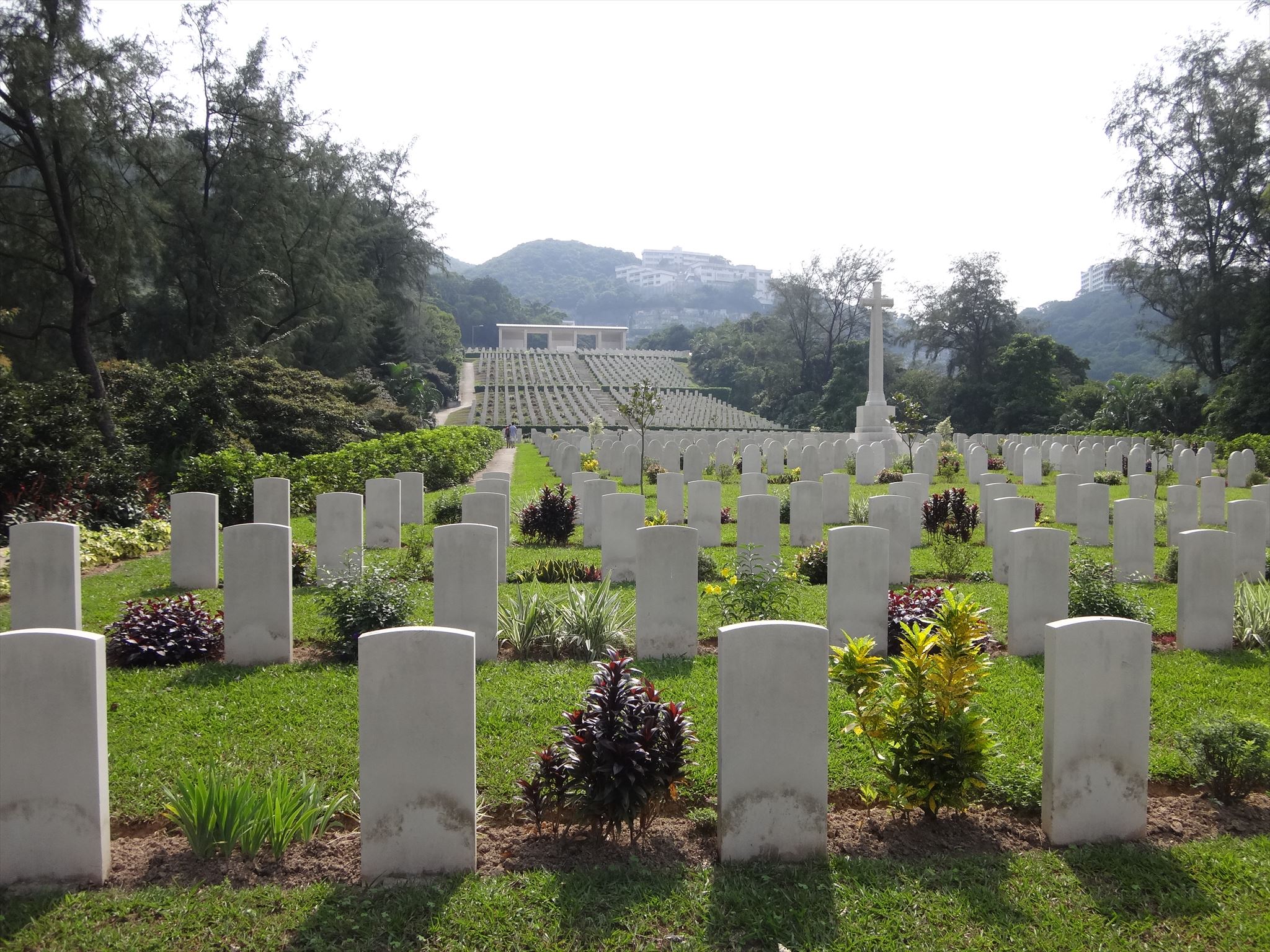
Additional Hints
(Decrypt)
gerr ebbg (frr fcbvyre cubgb)
Treasures
You'll collect a digital Treasure from one of these collections when you find and log this geocache:

Loading Treasures